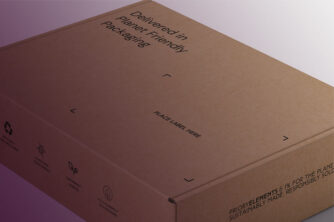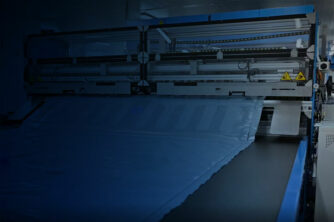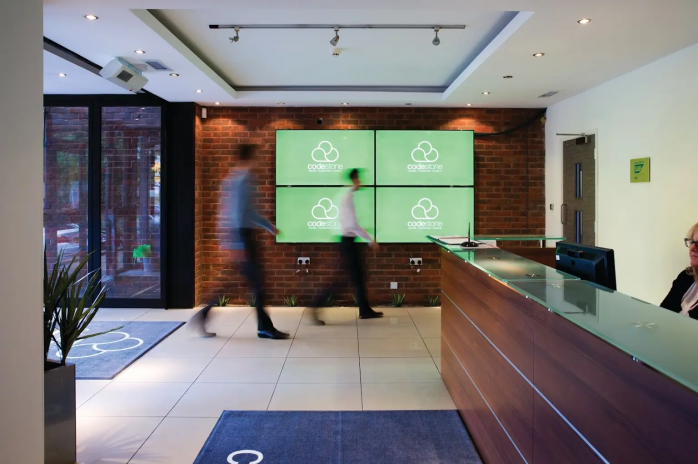For many organisations, SAP BusinessObjects has been a trusted workhorse for reporting. It’s solid, familiar, and has served the needs of finance, operations, and management for years. But as businesses push for more agility, better analytics, and wider data accessibility, Power BI often emerges as the natural successor.
Yet too often, the transition is approached in the wrong way. One of the biggest pitfalls I’ve seen is the temptation to take the SQL from a BusinessObjects report, drop it straight into Power BI, and call it a migration. On the surface, it feels efficient. After all, the logic already exists – why not reuse it? But this “shortcut” is more of a detour and it can result in a far more costly analytics solution to maintain.
Why Dropping BusinessObjects SQL into Power BI Doesn’t Work
First, BusinessObjects SQL doesn’t always translate neatly into Power BI. Many WebIntelligence reports use multiple queries stitched together in ways that simply don’t work the same way in Power BI. The structures are different, and what looks tidy in one tool can become unwieldy in another.
Second, by reusing SQL this way, you create multiple isolated semantic models – each report carrying its own logic. The result? Longer refresh times, duplication of effort, and a sprawl of models that can’t be easily shared or governed. Instead of moving forward, you’re creating silos in a new toolset that didn’t exist in your old one.
Finally, a like-for-like rebuild misses the point. Power BI isn’t just a new tool for the same old reports. It’s an opportunity to think differently about your data – to shift from static reporting to interactive, analytical insight. If all you do is replicate what you had, you’re not realising the real value of the move – you’re spending a lot of time and therefore money for very little in the way of realised gains.
The Right Way Forward
The more sustainable, strategic approach is to treat the migration as a chance to reimagine how data supports your business. That means:
- Preparing the right data foundation: consolidating, cleaning, and modelling your data so that it’s ready for scalable analytics.
- Enabling self-service: giving teams access to governed, shared datasets they can explore and build on, without constantly reinventing the wheel.
- Driving cultural change: helping stakeholders see that data isn’t just an operational byproduct – it’s a foundation for insight, innovation, and better decisions.
A migration done this way doesn’t just replace one reporting tool with another. It unlocks a more analytical, agile way of working, where insights aren’t constrained by static reports but are available to drive conversations and decisions across the business.
An Investment For the Future
Transitioning from SAP BusinessObjects to Power BI shouldn’t be about swapping like-for-like. It’s about shifting mindsets, building the right foundations, and creating an environment where data can genuinely empower people.
While it might appear cheaper to simply rebuild reports, that approach spends money without delivering additional value and saddles the new toolset with additional technical debt from day one. If you resist the quick fixes and instead take the opportunity to rethink, the investment in Power BI becomes more than a tool change – it becomes a step toward a data-driven future with a much stronger return on investment.
Talk to our team today!







































































